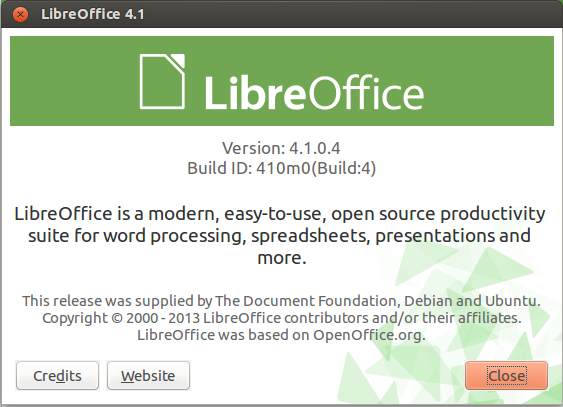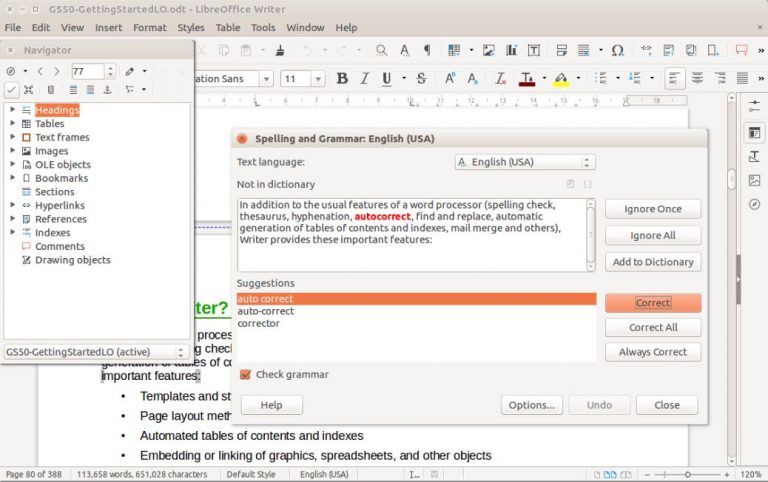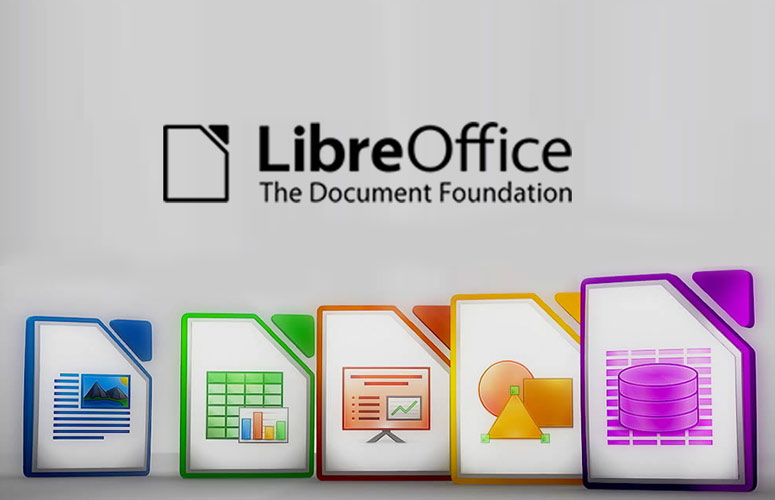

It has the latest features and changes from the development team.

There are also several different ways to download the suite: directly through the Website, through Snap, through Flatpak, as an AppImage, etc. Users can install individual applications, rather than the entire suite.

It also can easily be installed through the distro’s software store or library. Many Linux distros come with LibreOffice preinstalled. In addition to this, there are several versions of the suite in the Windows 10 Store and a portable version that can be taken from computer to computer. The wizard also has features that allow the installed LibreOffice to be modified and uninstalled. The Windows version has a typical installation and a customized installation, that allows users to choose user interface languages, components, and dictionaries through an installation wizard. However, when it comes to being installed, the Mac version of LibreOffice has less options than the other two. LibreOffice for the Mac has all the features and applications that the Windows and Linux distro versions have. Click here to see a page about this version. You also can obtain LibreOffice through the Mac App Store, called LibreOffice Vanilla. Comparing Mac versions with other versions.


 0 kommentar(er)
0 kommentar(er)
